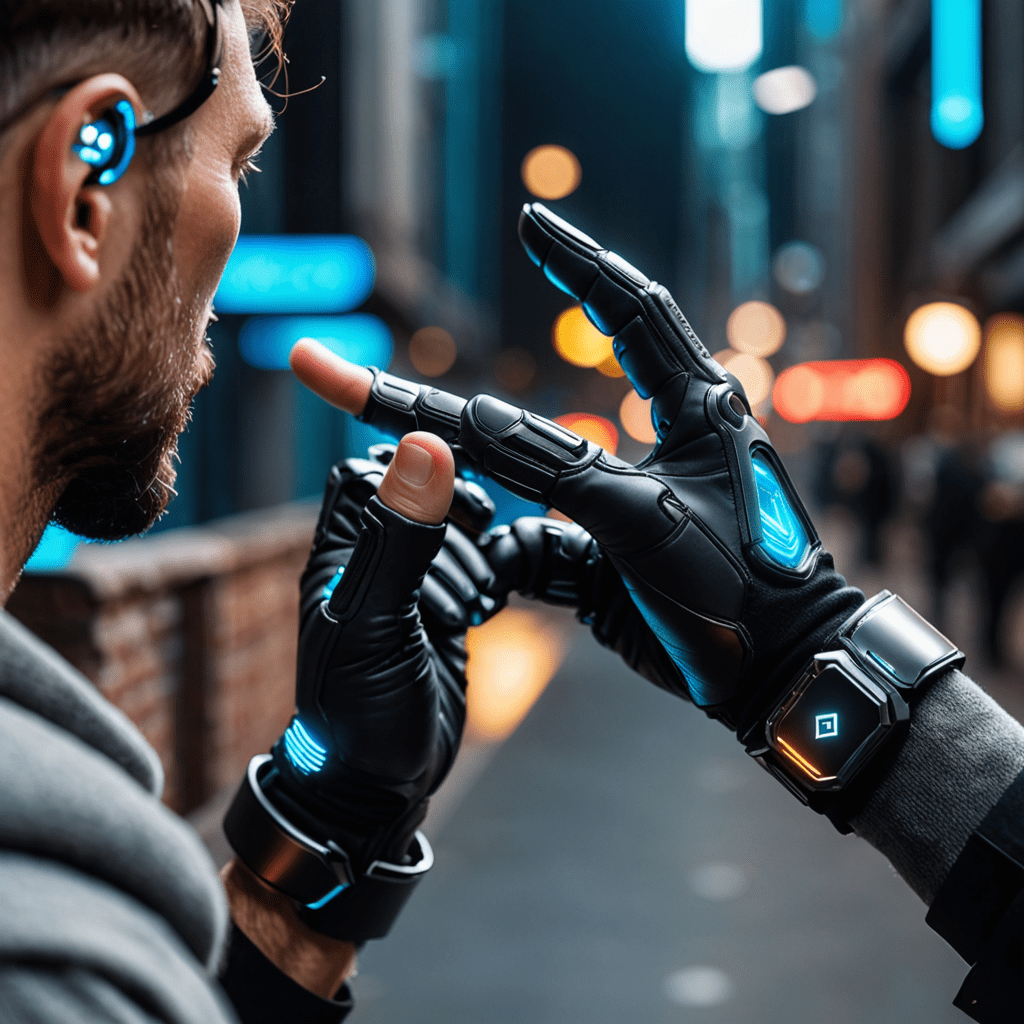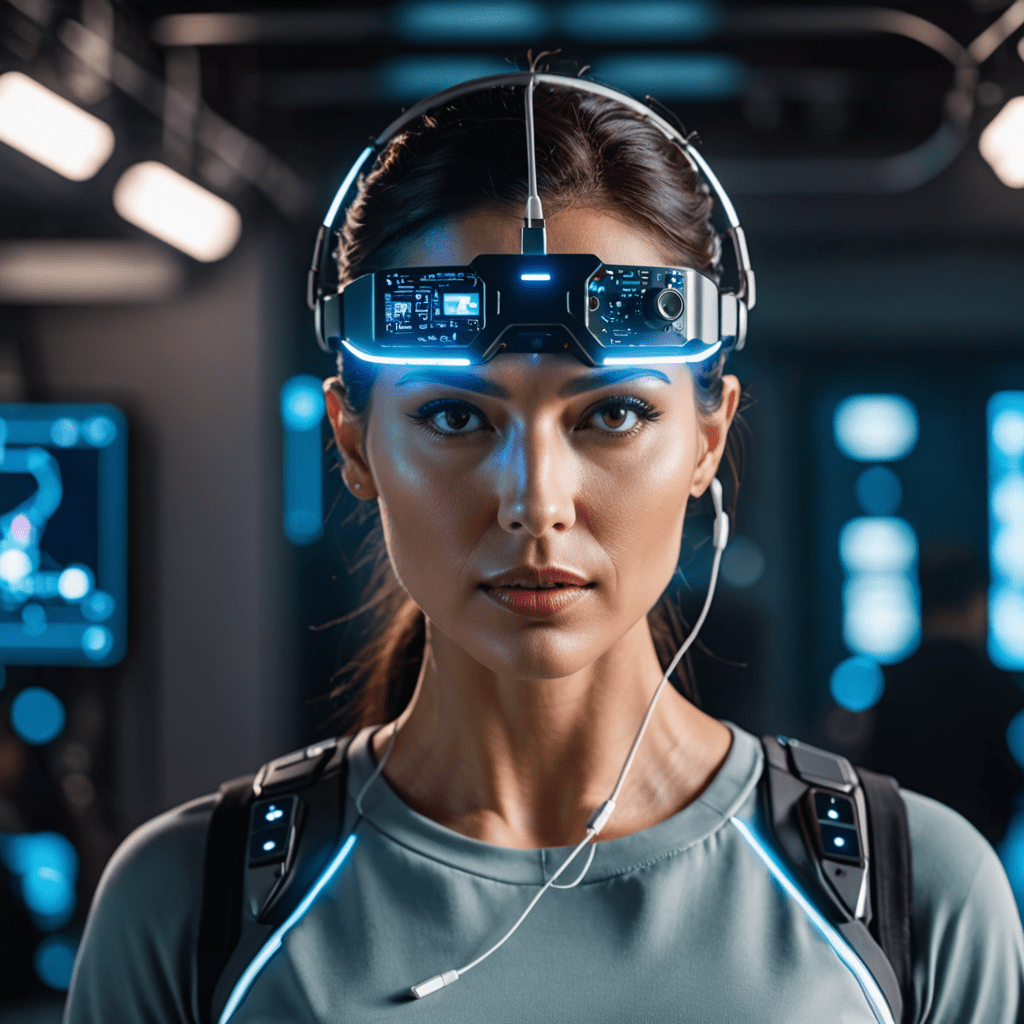
Wearable Tech in Museums: Enhancing Visitor Experiences
Wearable technology has begun to revolutionize various industries, and museums are no exception. In this blog post, we will explore how wearable tech is being utilized in museums to enhance visitor experiences.
The Rise of Wearable Technology in Museums
Museums worldwide are increasingly adopting wearable technology to offer visitors a more interactive and immersive experience. Wearable devices such as smart glasses, augmented reality (AR) headsets, and audio guides are being integrated into exhibition spaces to provide personalized content and enhance engagement.
Enhancing Engagement and Learning
One of the primary benefits of wearable tech in museums is the ability to enhance visitor engagement and learning. These devices can offer detailed information about exhibits, audiovisual content, and even interactive experiences that make learning more interactive and fun for visitors of all ages.
Personalized Experiences
Wearable devices allow museums to tailor experiences based on visitors’ interests and preferences. By collecting data on visitor interactions, museums can customize content delivery, recommend specific exhibits, and create personalized tours that cater to each visitor’s individual preferences.
Accessibility and Inclusivity
Wearable technology also plays a crucial role in enhancing accessibility and inclusivity in museums. Features like audio descriptions, sign language interpretation, and captioning on wearable devices ensure that all visitors, including those with disabilities, can fully engage with the exhibits and enjoy a seamless museum experience.
Interactive Exhibits and Gamification
Wearable devices in museums enable interactive exhibits and gamification elements that make the visit more entertaining and memorable. Visitors can participate in quizzes, scavenger hunts, and other interactive activities using their wearable devices, adding a playful and educational dimension to their museum experience.
Future Implications and Innovations
As technology continues to advance, the possibilities for wearable tech in museums are endless. From incorporating virtual reality (VR) experiences to utilizing wearable sensors for personalized recommendations, museums are constantly exploring innovative ways to enhance visitor experiences and make cultural institutions more engaging and accessible to all.
In Conclusion
The integration of wearable technology in museums represents a significant advancement in the way visitors interact with cultural heritage. By offering personalized, interactive, and inclusive experiences, museums are leveraging technology to make art, history, and science more accessible and engaging for all visitors.
FAQs About Wearable Tech in Museums
What is Wearable Technology in Museums?
Wearable technology in museums refers to devices like smart glasses, augmented reality headsets, or smartwatches that visitors wear to enhance their museum experience through interactive displays and informative content.
How Does Wearable Tech Enhance Visitor Experiences in Museums?
Wearable tech provides visitors with immersive and personalized experiences by offering additional information about exhibits, interactive maps for navigation, audio guides for detailed insights, and engaging multimedia content related to the displays.


